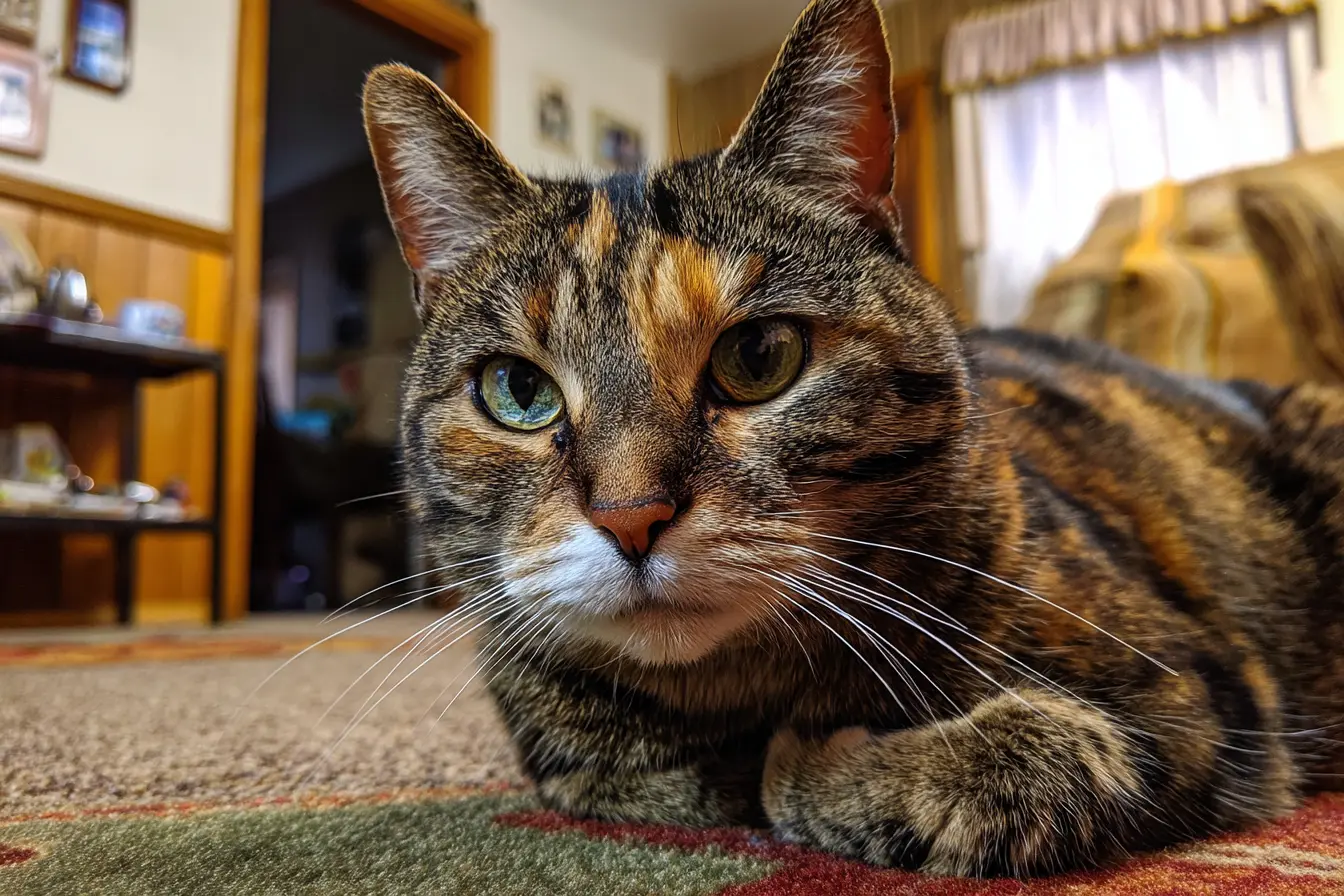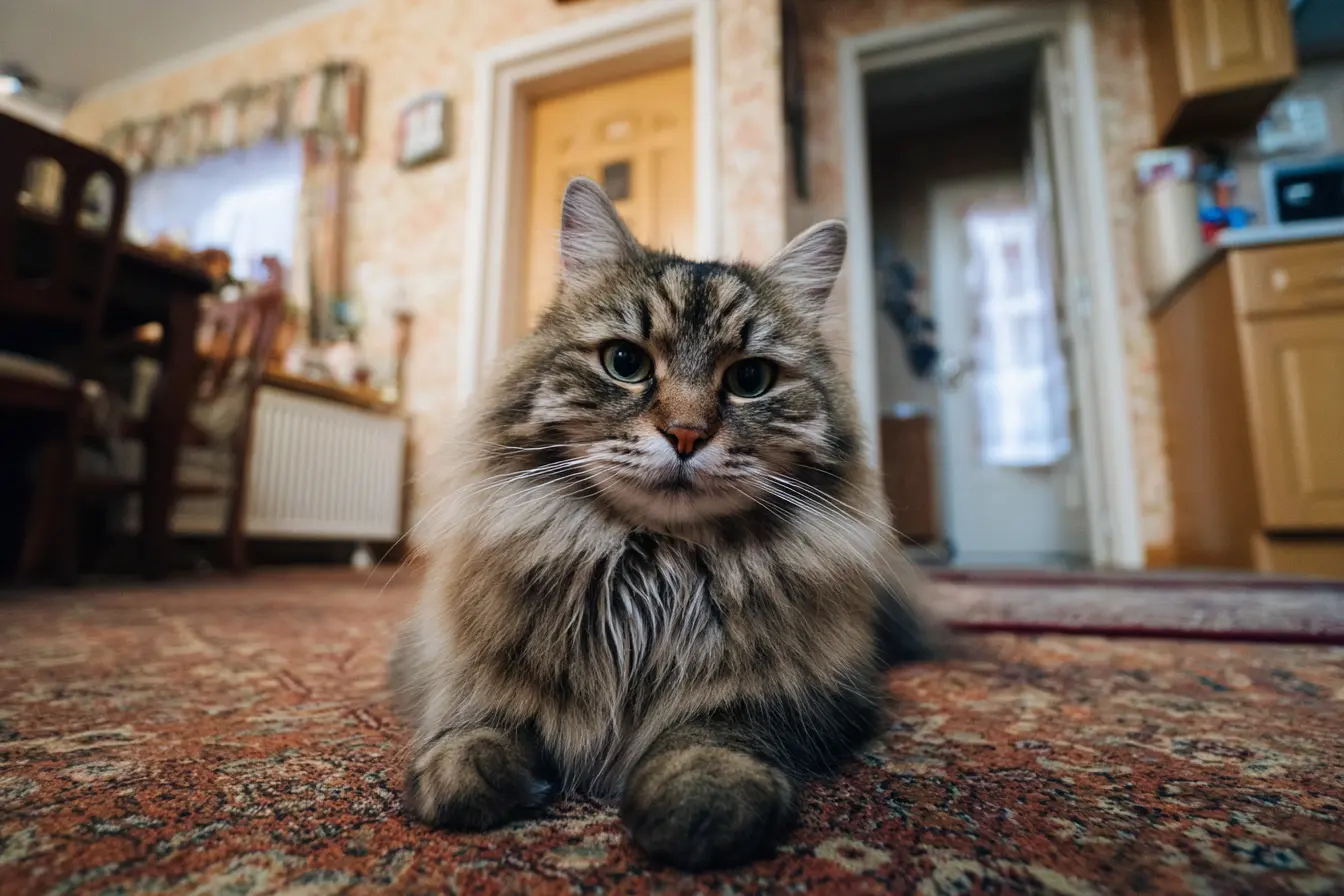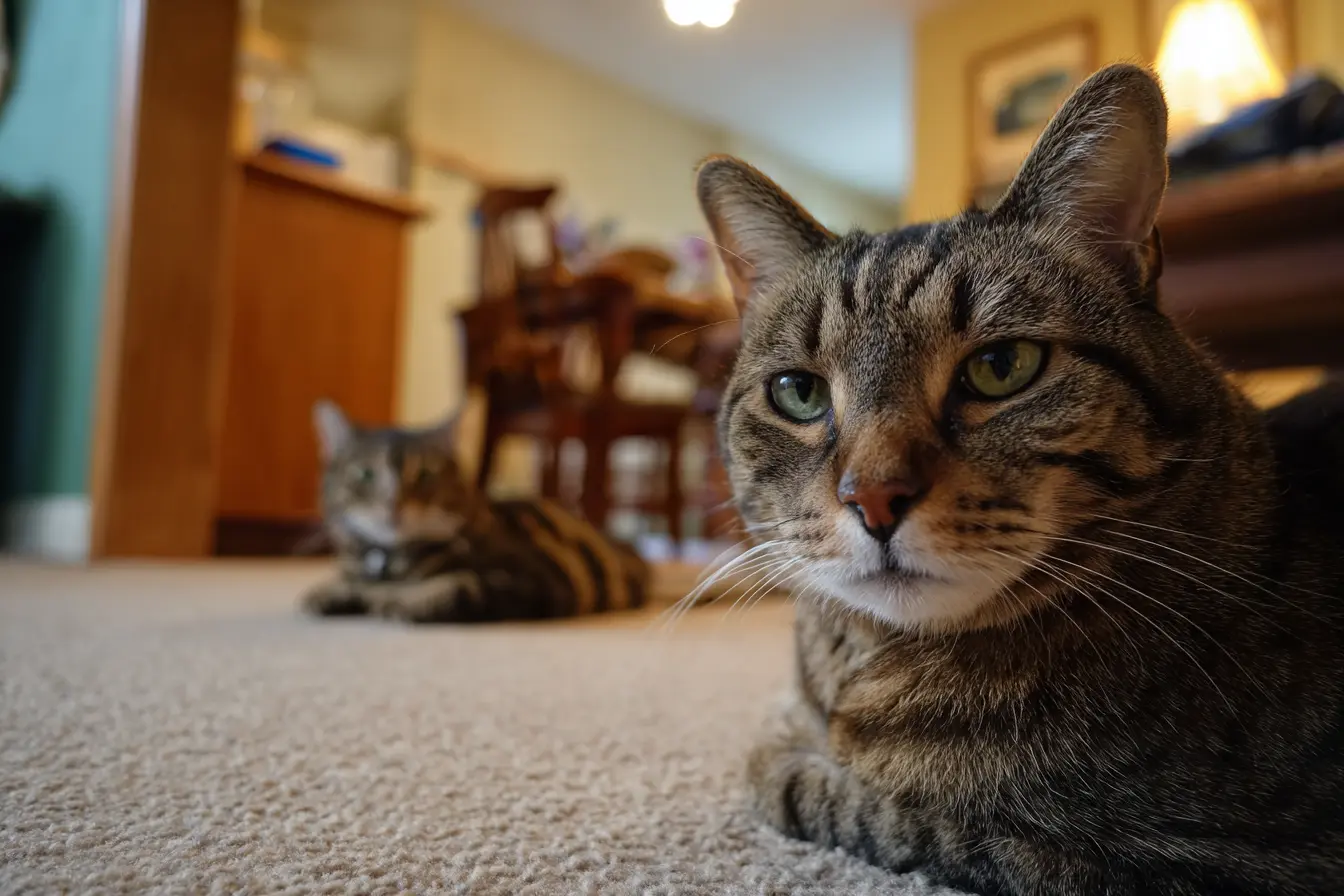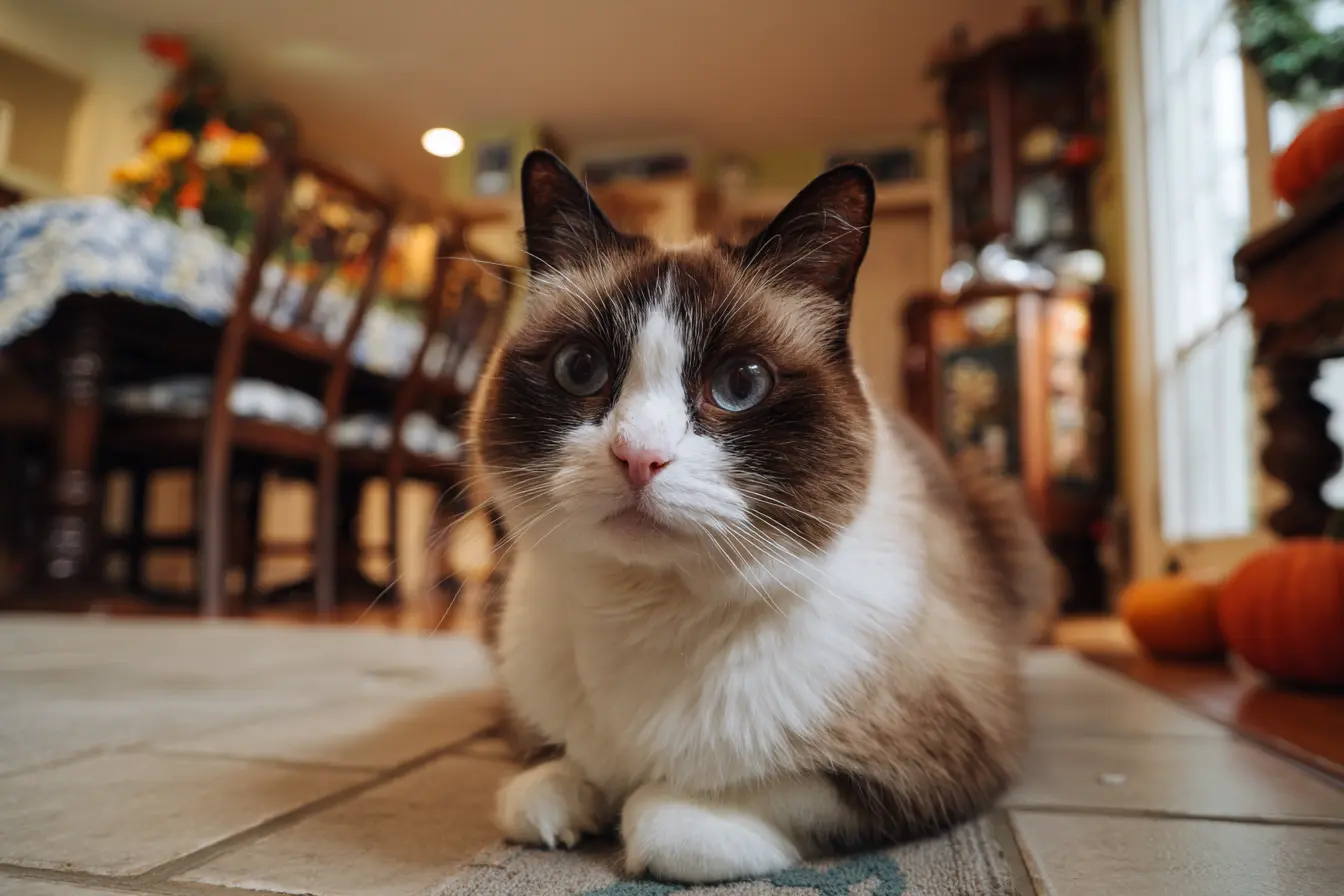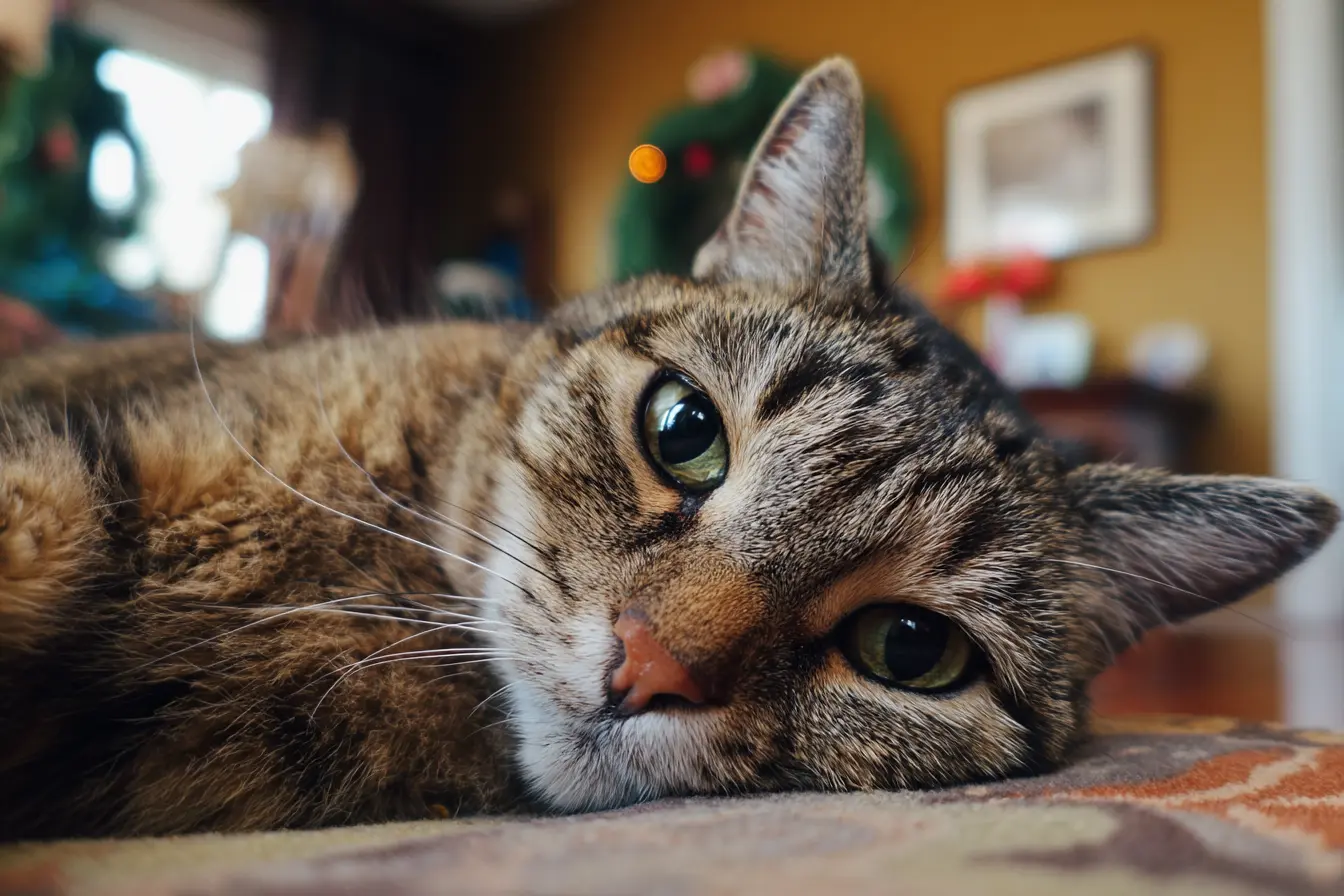
Keeping indoor cats: how to create a happy and healthy home life
Keeping cats indoors is increasingly common among pet owners who want to protect their feline companions from outdoor dangers such as traffic, predators and disease. While indoor cats enjoy a safer lifestyle, they also require thoughtful care and enrichment to stay mentally and physically healthy. This guide explores the benefits of indoor cat ownership, the challenges it presents, and practical tips for creating a stimulating indoor environment.
Why keep cats indoors
Indoor cats are protected from many of the hazards associated with outdoor life. These include:
- Road accidents
- Exposure to infectious diseases
- Attacks from other animals
- Parasites such as fleas and ticks
- Theft or getting lost
By keeping cats indoors, owners can significantly extend their pets' lifespan and reduce the risk of injury or illness. This is especially important for pedigree cats, which may be less streetwise and more likely to attract unwanted attention.
Common misconceptions
Some people believe that keeping a cat indoors is unfair or unnatural. While cats do enjoy exploring, they can live very happy and fulfilled lives indoors if their environment meets their needs. The key is to provide them with stimulation, exercise, and opportunities to express their natural behaviours.
Indoor cats are not inherently less happy than outdoor cats — they simply need different care.
Creating an enriching indoor environment
A stimulating indoor space is essential for a cat’s wellbeing. Here are some ways to keep your cat happy indoors:
Provide vertical space
Cats love to climb and observe their surroundings from high places. Offer shelves, cat trees or window perches to give your cat access to vertical territory.
Encourage play and exercise
Use interactive toys such as feather wands, laser pointers and puzzle feeders to engage your cat in daily play sessions. This helps prevent boredom and keeps them physically fit.
Offer scratching surfaces
Scratching is a natural behaviour that helps cats stretch, mark territory and keep their claws healthy. Provide a variety of scratching posts and pads in different locations around the home.
Rotate toys and activities
Change toys regularly to maintain your cat’s interest. Puzzle feeders and treat-dispensing toys are excellent for mental stimulation.
Create cosy hiding spots
Cats enjoy having private spaces where they can relax undisturbed. Offer beds, boxes, or covered dens for quiet time.
Give access to windows
Allow your cat to watch the world go by. A secure window perch or a cat-safe balcony can provide entertainment and fresh air.
Consider outdoor alternatives
If your cat shows a strong interest in the outdoors, there are safe ways to satisfy this curiosity without putting them at risk:
- Use a secure garden enclosure or “catio”
- Train your cat to walk on a lead with a harness
- Supervise time in an enclosed patio or balcony
These alternatives give your cat a taste of the outdoors while keeping them safe from harm.
Litter tray hygiene
Indoor cats rely entirely on their litter trays, so cleanliness is essential. Scoop the tray at least once a day and replace the litter regularly. Place trays in quiet, accessible locations and ensure you provide at least one tray per cat, plus one extra.
Social interaction and companionship
Indoor cats often develop stronger bonds with their humans, but they also need regular attention and interaction. Spend quality time each day playing, grooming or simply relaxing with your cat.
If your cat seems lonely, you might consider adopting a second cat — but make sure to introduce them gradually and monitor their relationship closely.
Health and wellbeing
Indoor cats may be more prone to certain health issues such as obesity and dental disease. Keep your cat healthy by:
- Providing a balanced diet
- Encouraging regular exercise
- Scheduling annual vet check-ups
- Maintaining good dental care
Keep an eye out for changes in behaviour, appetite or weight, as these can be signs of underlying health problems.
Conclusion
Indoor cats can live long, healthy and contented lives when their environment is enriched and their needs are understood. By offering plenty of stimulation, companionship, and care, you can create a safe and satisfying home for your feline friend.
Whether you’re starting with a new kitten or transitioning an outdoor cat to indoor life, a little planning goes a long way. In return, you’ll enjoy the companionship of a relaxed, healthy and affectionate indoor cat.
Related Vets
Vets near you
Speciality vets
- Aquatics vet specialists
- Birds vet specialists
- Camelids vet specialists
- Cats vet specialists
- Cattle vet specialists
- Deer vet specialists
- Dogs vet specialists
- Equines vet specialists
- Exotic vet specialists
- Goats vet specialists
- Pigs vet specialists
- Poultry vet specialists
- Sheep vet specialists
- Small Mammals vet specialists
- Wild vet specialists
